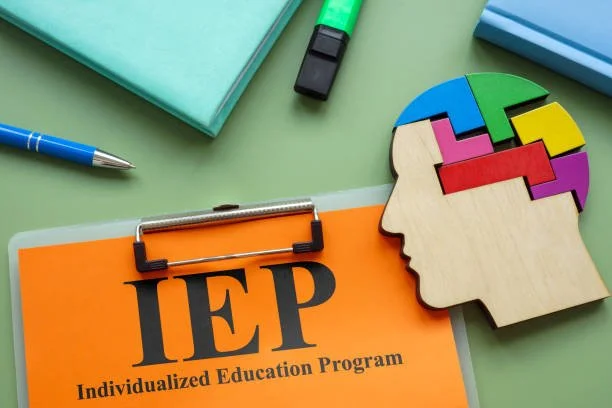The High Quality IEPs Project (HQ IEPs) is excited to serve families and Local Education Agencies (LEAs) across California by providing training and resources to support meaningful engagement in the Individualized Education Program (IEP) process.
Difference between IEP and 504 Plans:
Both Individualized Education Programs (IEPs) and 504 plans can offer formal help for K–12 students with disabilities. They’re similar in some ways but quite different in others. This chart compares them side-by-side to help you understand the differences.
Special education timelines are crucial for several reasons, primarily because they are designed to protect the rights of children with disabilities and ensure they receive timely and appropriate services. In essence, special education timelines are essential for ensuring that children with disabilities receive the services they need to thrive in school.
Low-cost or Free Attorneys and Advocates for Special Education
The Office of Administrative Hearings (OAH) does not provide legal advice. Any person can view lists of attorneys and advocates who have self-certified that they provide low-cost or free services to assist in preparation for a Special Education case before OAH.
With the exception of language mandated by federal and state laws and regulations, the contents of the handbook are procedural suggestions intended to assist districts in meeting the requirements of the law. It provides district personnel clear and systematic procedures regarding students’ rights and responsibilities, in accordance with federal state laws and regulations.
The handbook is a flexible document that will be updated to stay current and may be adapted by districts to meet their specific needs.
Acronyms for Special Education:
Why is it important for parents to know what acronyms mean in Special Education?
1. Improved Communication
Special education involves collaboration with educators, therapists, and administrators. Acronyms like IEP (Individualized Education Program) or FAPE (Free Appropriate Public Education) are commonly used in meetings and documents. Understanding them ensures parents can actively participate in conversations and advocate for their child effectively.
2. Faster Understanding of Processes
Special education involves many steps, assessments, and services. Knowing acronyms like LRE (Least Restrictive Environment) or IDEA (Individuals with Disabilities Education Act) helps parents quickly understand their child’s rights and the services available.
3. Empowerment and Advocacy
When parents understand the terminology, they’re more confident and better equipped to advocate for what their child needs. This helps build stronger partnerships with schools and ensures better outcomes for students.
4. Reduces Confusion and Overwhelm
Special education can be overwhelming. Acronyms, when clearly understood, make it easier to follow documents, letters, and reports without feeling lost or left out.



